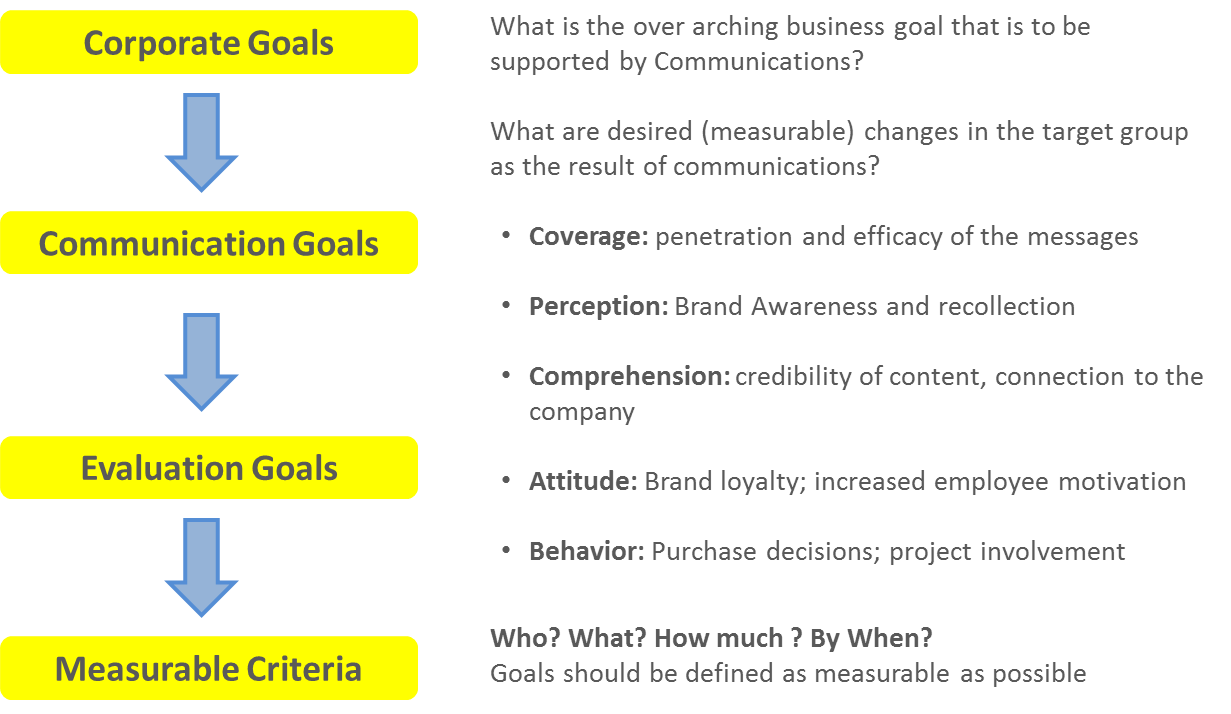What metric should you use to measure PR?
PR News
 We seek numbers because it helps us bring about absoluteness. It helps us quantify the parameters and thus helps with our comparisons. But what do we really answer with the numbers?
We seek numbers because it helps us bring about absoluteness. It helps us quantify the parameters and thus helps with our comparisons. But what do we really answer with the numbers?
Problem we face with numbers is the exact same thing that we try to achieve from them… Absolute-ness. Numbers are too absolute and that’s what brings in its own set of challenges especially when dealing with the human behaviour or perception.
Just like a GDP number tells you nothing about the health of the economy or the quality of life in a country, similarly an AVE figure or the potential reach/circulation figures doesn’t really tell us the brand’s actual value in the public domain. Great!
We achieved a 10 million potential reach, but is that good or bad, or is it irrelevant? Just like a car’s BHP rating, the only way to know if it’s right or wrong is to feel when you press that pedal. Similarly, it’s more important to understand what was actually achieved for the brand with that reach. Was I able to get my message across? And if yes, then how well? How does that help my company sell more, establish itself as a serious player or as a responsible brand? None of these questions can be answered by going through a dozen 6 figure digits. Just like a 6 figure salary means nothing sitting on top of an oil rig in the middle of the Pacific.
We need to go beyond trying to interpret these numbers as if they really mean anything and instead try to answer questions that are important to us. PR as a function has to provide greater support to the organisation and one way to do that is to establish a human meaning into the activity.
In our work, we have seen several examples – how an article on a company’s initiative to launch the world’s cheapest CT scan machine helps its water purifier division sell more of its power free water filters. How, an honest gesture of voluntary recall by a car company, can in fact help it achieve its sales targets in the long run.
PR has a duty to bring out the human face of the company not by introducing more executives to the media but instead its intentions. And internally to sell this to the corporate bosses and number crunchers.
Before any analysis project there has to be clear objectives, which includes what you would you’re your analysis answer to be. It has to be a well thought through series of semesters. How can I internally pitch to my stake holders that my PR activity generated this much brand value that will help the sales in coming quarters? Maybe even enable the company to get loans at a lesser interest because of the sheer goodwill and market leverage I was able to get from my outreach.
It’s not how much but how effectively.
So what should you prepare before an analysis? What information will help make your measurement truly comprehendible and meaningful?
Here some of the insights that Impact hopes to gather before charting out an analysis approach. While the intention is to keep it as much qualitative and introspective as possible but some
numbers are nonetheless included…

In conclusion, PR has to sell itself internally as a lot more than just a support function. It is something that builds a market for a company, helps raise funds, attract the best talent etc. PR remains the most effective marketer but also, in many cases, the most neglected. This can only change if the stakeholders are educated on its importance and potential of a good PR program.
Measurement tries to achieve all that by giving a true picture of the effectiveness and untapped opportunities. Measurement tries to give the voice to the PR function and in the corporate boardroom. But as PR professionals, we must also be careful that we don’t delude ourselves by humming the same fake sound of progress over and over again.
Piyush Gupta, Measurement Solutions Group at Impact
If you enjoyed this article, you can subscribe for free to our weekly event and subscriber alerts.
Featured

PR professionals share their views on journalists publicly calling them out on story pitches

Auto blogger renders unconditional apology to Value 360 for defamatory posts

Hottest Indian startups of 2020, Paytm, Dreams 11 lead the charge: Wizikey Report




